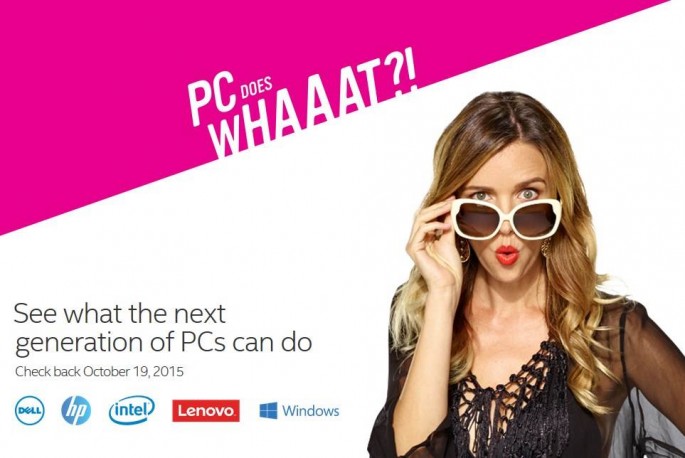In a rare flip of marketing strategy, three of the world's largest computer manufacturers - Dell, HP, and Lenovo have teamed up to present a common front to consumers; convincing them through a $70 million ad campaign to replace old computers with latest, better ones in the market.
And they are not alone in their bid; they are joining up with Microsoft and Intel in a ad campaign effort tagged "PC Does What?"
Intel and Microsoft together with the three computer makers will launch the ad campaign on October 19, and it will run simultaneously on print, TV, and online channels. This will also include native ads or advertorials - sponsored or commissioned news story to promote a product or service.
The PC Does What? ad campaign will run for six weeks, and Advertising Age reports that the marketing awareness will only run in the US and China, since these two countries represent over half of the global personal computer market.
The focus of the campaign will be to convince consumers that PCs bought four or five years have become technically obsolete, and that consumers need to experience what newer PCs in the market can do in terms of technology and goal accomplishments.
"We want to let them know how much better today's PCs are than the PCs they're using," said Steven Fund, Intel's chief marketing officer, during a presentation that the head marketing executives of the five electronics companies attended.
Karen Quintos, Dell's chief marketing officer, noted that "Millions of people are still using outdated systems. For consumers and business users alike, entirely new benefits and features come standard in the latest devices. Now is the perfect time to experience what you've been missing."
Statistics from original equipment manufacturers (OEM) revealed Dell, HP, and Lenovo jointly sold a total of about 375 million PCs in 2011, but IDC made a forecast of 282 million shipments for 2015, which accounts for a 25% decline over a four-year period; something that may continue into the future except the three PC makers team together to present a common front to buyers.
"The thrust [of this campaign] is to find a way to shave the replacement cycle," said Stephen Baker, an analyst with the NPD Group. "This is more about why you need to keep up with your PC even when you spend most of your time on your phone."




























